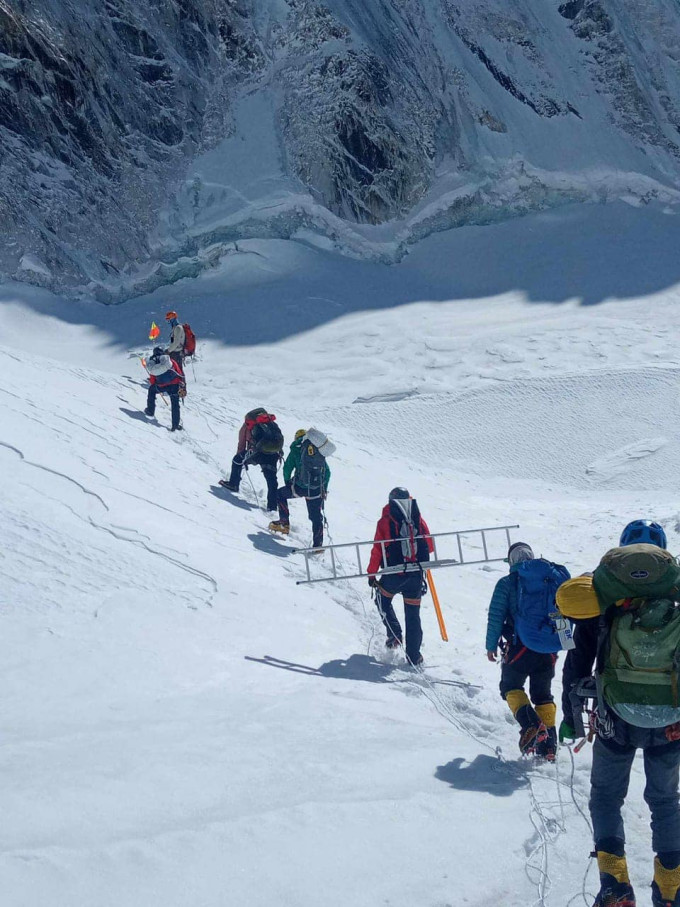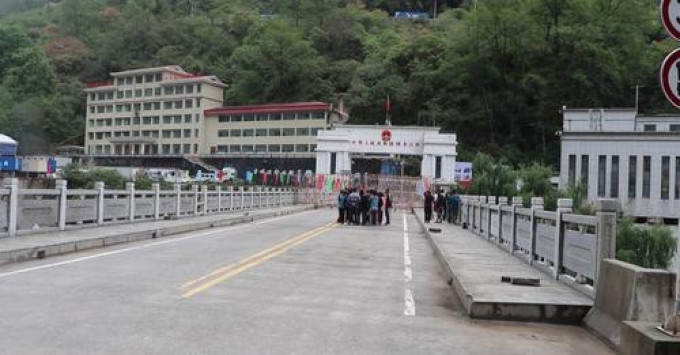'Search and destroy mosquito larva' campaign is currently in execution to reduce the transmission of the dengue virus. Mosquito breeding in public places has been found highly dangerous. Therefore the throwing of bottles, plastic boxes, tires, coconut shells, broken cisterns, or any other object that is capable of storing water should be avoided in public places, to reduce the breeding of dengue-causing mosquitoes. Under the prevention and control acts, Kathmandu metropolitan city is carrying out door-to-door awareness programs as well.
Assessing the situation the MoHP has recommended citizens to wear full sleeves clothes, use mosquito nets while sleeping, and avoid the store of water in public places.
Dengue emerged in Nepal in the form of Dengue Fever (DF), Dengue Hemorrhagic Fever (DHF), and Dengue Shock Syndrome (DSS). The earliest case, according to MoHP, was detected in 2005. Dengue cases have continued to be detected since then and have resulted in several outbreaks throughout the years. The most affected districts remain to be Chitwan, Kanchanpur, Kailali, Banke, Bardiya, Dang, Kapilvastu, Parsa, Rupandehi, Rautahat, Sarlahi, Saptari, Jhapa, and recently Kathmandu, indicating a spread throughout the country. The entomological surveillance conducted by the Epidemiology and disease control division of Nepal, during the years 2006-2010, has shown dengue spreads through local transmission in Nepal. Alarmingly, the studies have shown a trend of dengue disease expanding from the lowland areas of Nepal to higher elevations, in recent years.
Generally, the illness begins within 2 to 7 days of infection, with high fever, loss of appetite, nausea, dehydration, and aches in joints and muscles being the commonly observed symptoms. Pregnant women and infants are vulnerable to more severe cases of dengue.
So far, early case detection and proper health care have been found to reduce the dengue mortality rate. No vaccines or medicines have been medically made available for use in the treatment and prevention of dengue.
READ ALSO:









